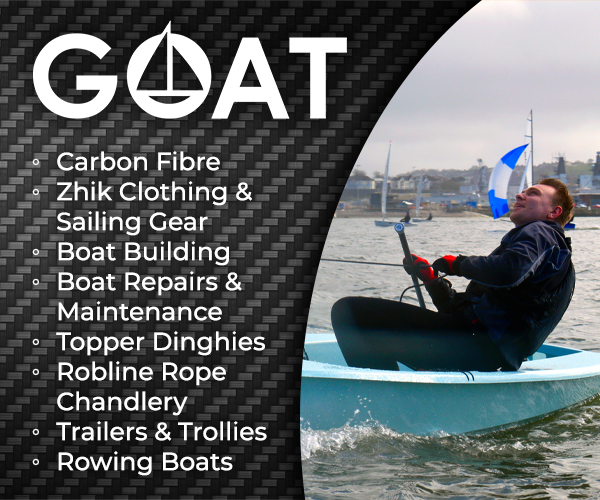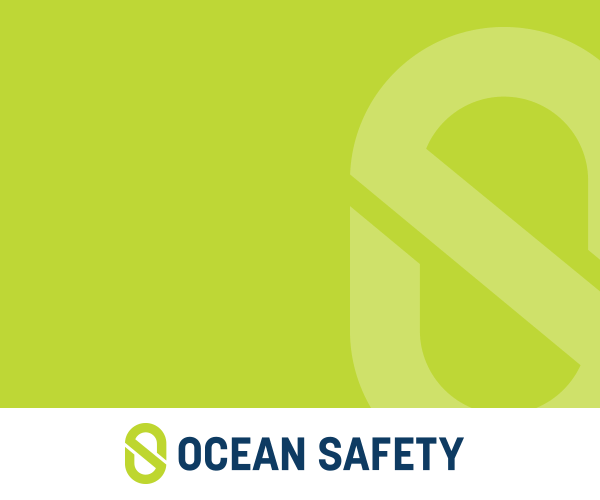
Must-read Pacific Islands stories of 2022
by NOAA Fisheries 8 Jan 2023 00:08 GMT

One example of how you get great photos of sea turtles while remaining a respectful distance of at least 10 feet away © Levon Basso
We've shared many great stories throughout 2022. This includes a feature about giant clam aquaculture in Guam and an explainer about what satellite tags tell us about false killer whales. And an important video about how the Covid-19 pandemic impacted Pacific Island fishing values.
Among all of these stories, these are the ones you've read the most.
Most-read stories
- Hawaiian monk seal population surpasses 1,500!
After decades of declining numbers, the total population of monk seals began to increase gradually in 2013 in both the Northwestern and main Hawaiian Islands. It has now surpassed 1,500 individuals for the first time in 20 years.
- NOAA-led team works to free entangled humpback whale reported off Kaua?i
An entangled humpback whale was seen with signs of distress, including being emaciated, light colored, and rough skinned, with patches of whale lice. A NOAA-led team of marine mammal responders removed an estimated 2,300-2,500 feet of heavy gauge line from the whale.
- How Hawaiian monk seals get their names
Have you ever heard someone refer to a Hawaiian monk seal by a name and wondered, "where did that name come from?" Wonder no more! Here's how Hawaiian monk seals get their names.
- Modifying fishing gear reduces shark bycatch in the Pacific
Research shows that using monofilament leaders instead of wire leaders while fishing could reduce shark bycatch by roughly 40 percent. And this year NOAA Fisheries released a rule prohibiting wire leaders in the Hawaii deep-set longline fishery to protect threatened oceanic whitetip sharks.
- NOAA enlists Hawaii fishermen for Mahimahi diet study
A new program collaborates with fishermen to help reveal what these open-ocean predators are eating. Fishermen can receive financial rewards for participating in the program.
And in case you missed them, here are other stories we highly recommend reading.
Editor's choice
- How to save an island from climate change
A group of NOAA experts and partners have taken on the monumental task of protecting Lalo—a small Hawaiian atoll that's important habitat for several species—from climate change. Did you know that NOAA also works to preserve the habitat of our Pacific Islands seafood?
- Monk seal behavior spotlight: male dominance displays
Male Hawaiian monk seals sometimes "cruise" beaches and get into scuffles with one another—and it all has to do with mating. Learn why in this photo-driven blog.
- Nesting, threats, and social behaviors of Hawaiian hawksbill sea turtles
Three recent studies shed new light on endangered hawksbill sea turtles (honu?ea) in Hawaii. Remember that respectful people don't get closer than 10 feet from sea turtles, while still getting great photos—we share how in this story. Also, if you enjoy fishing, don't miss our story about our Fishing Around Sea Turtles program.
- How NOAA prepares for entanglements during whale season in Hawaii
Whale season in Hawaii is November-April. More whales in Hawaii equals more chances for life-threatening entanglements. But should that happen, NOAA will be ready thanks to rigorous, comprehensive training with partners.
- Coral recovery after bleaching event in the Central Pacific
During a 2015-2016 El Niño, NOAA documented a more than 98 percent coral die-off at the reefs of Jarvis Island. Three years after the mass coral mortality event, NOAA scientists have found promising signs of coral recovery there. And in the Mariana Archipelago this year, NOAA scientists aboard the NOAA Ship Rainier spent 5 months mapping the seafloor and assessing the coral reef health

